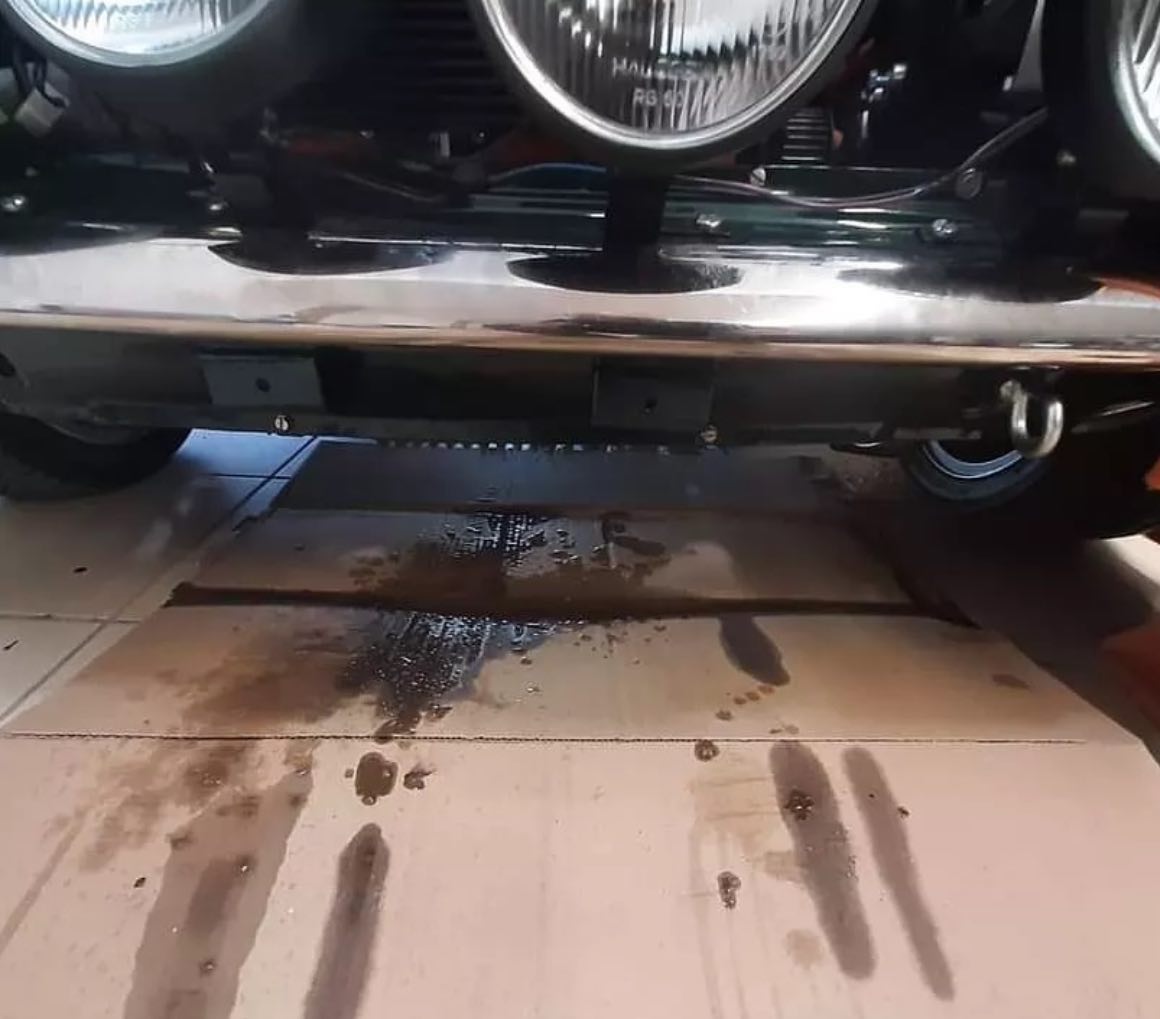Oil leaks are a common issue after an oil change and can often cause frustration for car owners. Oil is circulated throughout the engine as the engine runs to keep it lubricated and running smoothly. However, when an oil leak arises after an oil change, it can seem like all the hard work was for naught. Troubleshooting these oil leaks can be difficult as many possible causes and solutions exist. Knowing how to diagnose and repair these issues will help you save time and money when dealing with a potential problem. This article provides an overview of how to troubleshoot oil leaks after an oil change to identify and fix the source of the leak quickly and efficiently. It covers common causes such as debris or loose fittings, advice on identifying where the leak is coming from, and detailed instructions on determining if it’s a major or minor repair job that needs attention. This information lets you get your vehicle back up and running without breaking your budget!
What Causes Oil Leaks After Oil Change

How to Diagnose the Problem and Prevent Future Leaks
The first step in diagnosing an oil leak is to identify its origin. It can be done by visually inspecting the engine compartment, checking for oil on the ground or other engine components, or tracing the source of a smell of burning oil. If possible, try to get a clear view of all parts and connections to identify any loose fittings or leaking gaskets. Additionally, listening for any unusual sounds—such as odd ticking noises—can help narrow down potential causes. Once you have identified the source of the leak, you will need to decide if it requires a major repair job or if it can be fixed with minor adjustments. Consulting with a professional mechanic is recommended for major repairs such as replacing seals or gaskets to ensure everything is done correctly and safely. Also, read about the Best Oil for Jeep to ensure you’re using the right lubricants that might help prevent future leaks and maintain engine health.
Common Repairs for Oil Leaks After an Oil Change
Several common repairs may need to be performed when dealing with an oil leak after an oil change:
-
Tightening or replacing loose fittings. It is the most common repair and may require just a few simple adjustments with a wrench.
-
Replacing worn gaskets or seals. If any of the engine’s gaskets or seals are worn, they may need to be replaced to ensure the oil remains sealed.
-
Cleaning debris from parts and connections. Debris can build up over time, preventing parts from sealing correctly and leading to oil leakage. Clearing out this debris can prevent potential leaks and ensure your car operates smoothly.
-
Inspecting for further damage caused by the leak. Suppose an oil leak has been present for an extended period of time. In that case, it may have caused further damage to other components within your car’s engine, such as hoses or wiring harnesses that need to be replaced to prevent issues down the road.
Conclusion
Oil drip after oil change can significantly frustrate vehicle owners. Knowing how to diagnose and repair these issues is essential to get your vehicle back up and running as quickly as possible. This article provides an overview of how to troubleshoot oil leaks after an oil change, from common causes such as debris or loose fittings to identifying where the leak is coming from and the various repairs that may need to be performed. With this information, you can quickly identify potential problems and act accordingly, helping you save time and money while getting your car back in tip-top shape!

Add Comment